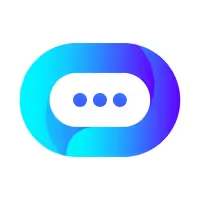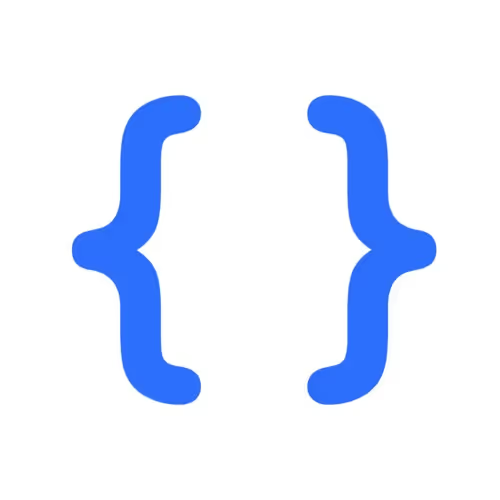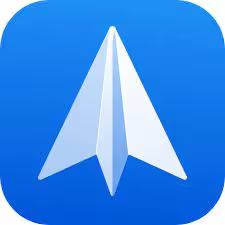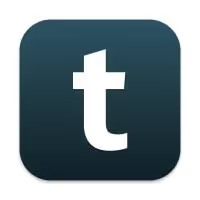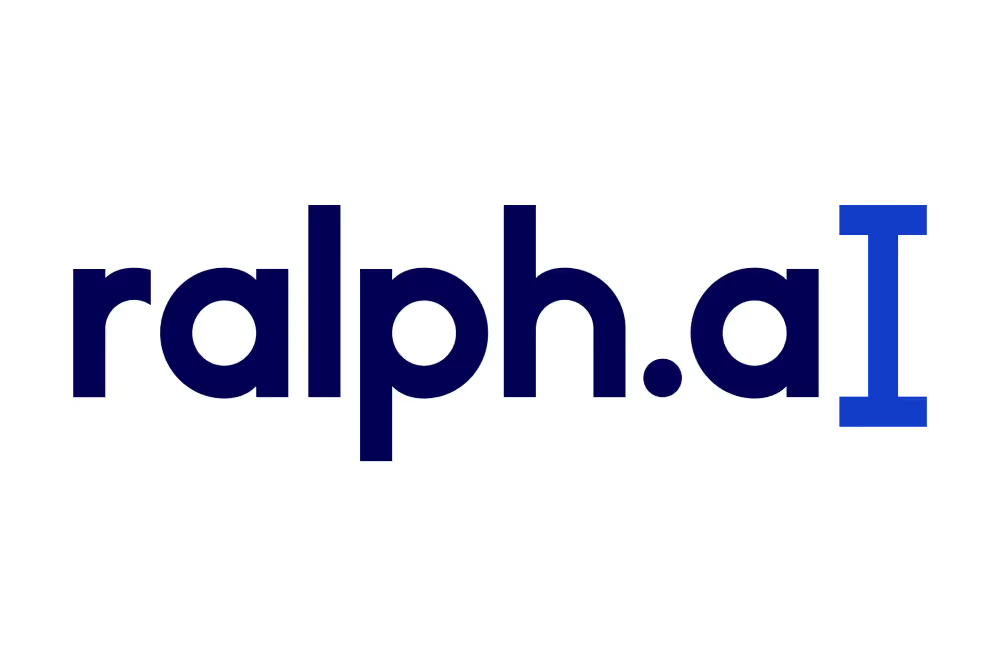Copywriting tools take data about your prospects and turn it into personalized sales and marketing messages. Instead of writing "Hi [First Name]" emails, a sales rep can generate messages that mention a prospect's recent job change or their company's latest funding round. These tools pull information from LinkedIn, company databases, and CRM systems to create emails that sound like someone actually researched the recipient.
The technology works by connecting to data sources first, then running that information through AI models trained on successful sales copy. A tool might grab someone's LinkedIn profile, check what technologies their company uses, and find recent news about their business. Then it feeds all that context into a marketing copy generator that writes emails, social messages, or ad copy based on templates that have worked before. Users get drafts they can send immediately or edit quickly, along with subject lines and follow-up sequences.
These differ from basic AI writing assistant tools because they handle the research part automatically. A regular content generation software requires you to provide all the background information and write detailed prompts. These copywriting platforms do the detective work themselves, connecting APIs to gather prospect data and company details without manual input. Some work as standalone tools, others plug directly into Salesforce or other CRM systems to enrich existing contact records.
Sales teams use them to write cold outreach emails that reference specific details about each prospect's situation. Marketing departments create ad variations and landing page copy targeted to different audience segments. Operations teams set up automated content writing workflows for lead follow-up sequences that adjust based on how prospects engage. The tools are getting better at mimicking natural conversation patterns, which means the generated copy increasingly passes for something a person wrote after doing their homework.


